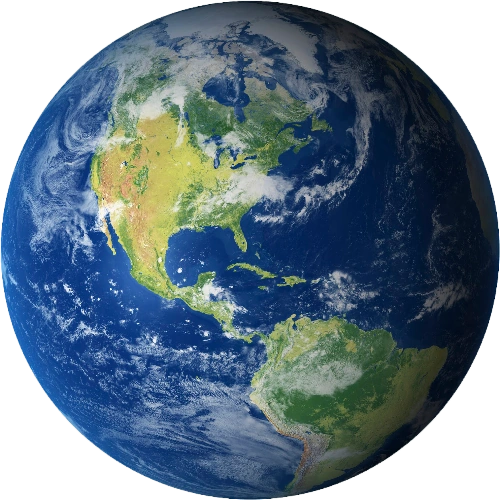Derived from- http://mapgame.wikia.com/wiki/Back_story_(Alternate_1978_map_game) and http://implausablealternatehistory.wikia.com/wiki/Back_story_(Alternate_1978_map_game)
Maps[]
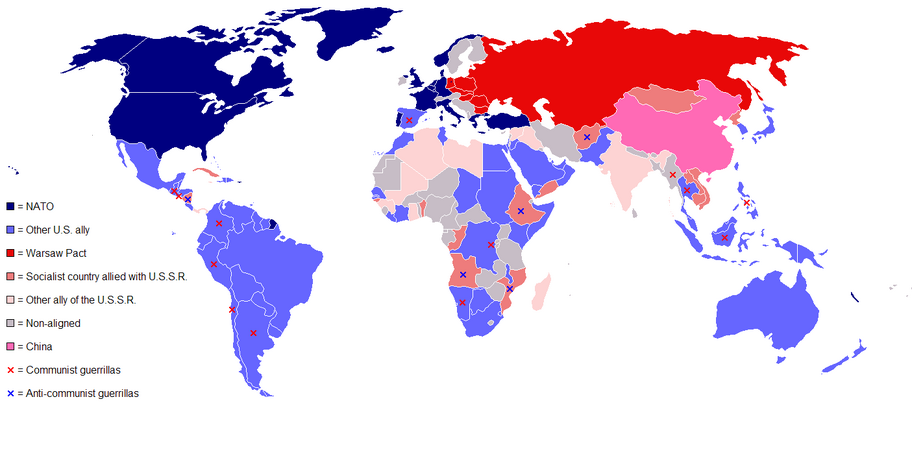
The OTL Cold War sides in 1980.
This is an OTL political map of the time.
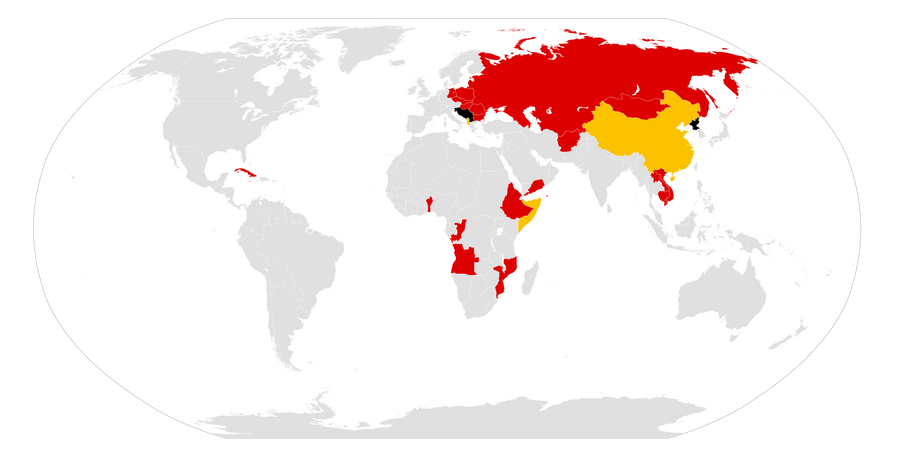
The OTL Sino-Soviet split.
This is another OTL political map of the time.
Timeline[]
The World was first slipping toward a new crisis as the Arab-Israeli tensions risen once more, the GDR purged dissidents from the local Dresden communist party and Ethiopia had a crop failure in its northern Tigray province during mid 1978. Many hardliners also moved up the ranks of the Soviet communist party in the latter part of the year.
As the Soviet empire declined, Yuri Andropov was not appointed after Leonid Brezhnev's death, on May 2nd 1979, which was three years earlier than in real life. He was replaced by a political hard-liner, who hated N.A.T.O. and despised West Germany in particular. The Cold War began to heat up as the East Germans and Soviets started a blockade of West Berlin.
W. Germany/Germany.
Political, military and economic tensions between both halves of Korea and both halves of Germany thus rose slowly until the May of 1980.
A massive Soviet crackdown occurred in the G.D.R. and Poland that may, leading to the deaths of hundreds of pro-democracy rebels in both nations and the breaking of diplomatic relations with the F.R.G., France and Austria. A new and deadlier series of F.A.R.C. attacks then killed several local officials in the rural parts of Colombia. This was countered by increased American arms and communications technology exports to Colombia. Cuba was formally accused of arming the F.A.R.C. by both Colombia and Peru at a summit of the U.N. shortly afterward. Iran and Iraq then went to war over local issues.
The flag of Peru.
The members of South America's Operation Condor chose to dump pro-western diplomacy and formed their own militaristic political-defence block, all be it with America's covert assistance and some diplomatic support from Peru on October the 5th, 1980. Argentina, Bolivia, Brazil, Chile and Uruguay called this block the "La Alianza Anticomunista y Contra la Insurgencia Intergubernamental de América Latina" or A.A.C.I.I.A.L. for short (English: The Intergovernmental Anti-Communist and Anti-Insurgency Alliance of Latin America)- It is alternatively known as the 1980 Asunción Treaty Organization (ATO) They armed their death squads and killed several left wing Argentine and Chilean journalist in the following few weeks.

Cuba's flag.
The Cubans, N. Koreans and Chinese began to feed arms to the many pseudo-communist criminal gangs of the USA, and especially the Weather Underground Organization (WUO), the Black Liberation Army (BLA), the May 19th Communist Organization (M19CO), the United Freedom Front (UFF). There were many carjackings, drug farms, bank robberies and police station shootings that October, but eventually the F.B.I. and National guard, leading to the capture of Tom Manning and Jaan Laaman in an Ohio farm shoot out. The incarcerated United Federated Forces of the Symbionese Liberation Army (SLA) member Emily Harris was later strangled to death in her prison cell by a patriotic convict.
That August, the Horn of Africa, briefly became the focus of world conflict as Somalia clashed with Ethiopia over its ethnic Ogden region. As the U.S.S.R. armed Ethiopia, Somali called for help from their allies. The U.S.A. was to busy in Colombia, but aid and arms did arrive from China, so Somalia formally entered their bloc.
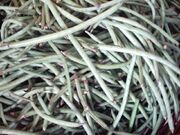
Cowpeas.
The economic and political fallout was horrific. Oil, iron and cowpea prices skyrocketed! As a result of this Poland sent some pistols to Ethiopia and Italy sent some mortars to Oman. Both nations also set up oil drilling operations around Basra, to Saddam Hussein's glee.
In the wake of it, the Economic Community of West African States (ECOWAS) and the Gulf Cooperation Council (GCC) held emergency summits. The GCC created plans for a regional 10,000 man force known as known as the Peninsular Shield to back up the national forces in times of crisis (four years earlier than in OTL).
Later the Nations of West Africa also fractured along East-west lines with the neutral states of Burkina Faso, Togo, Niger, Sierra Leone, Nigeria and Cameroon creating a supplemental mutual defence treaty at the September 11th Lagos Summit.
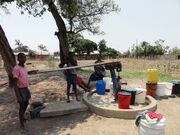
A village pump in Zimbabwe.
Zimbabwe sold out on the West and became an unofficial Soviet ally, prompting Gabon strengthened already friendly relations with France and gave up its neutrality to join the Western block. Fiji was a close ally of Australia and also had a reasonably friendly relationship with the UK, so it followed Gabon's lead in joining the West. When Peru became scared of a major occurring with Cuba, it joined the A.A.C.I.I.A.L., who it was already friendly with.

Flag of New Zealand.
Within six months East-West relations had collapsed and the Cold War was now 'hot', and World War III neared after an American warship's crew had panicked and sunk a Cuban fishing boat in international waters, Australian submarine nearly sinks a Soviet spy ship near Tokelau and the China had been discovered to be arming the emergent P.K.K. rebels in Turkish Kurdistan. Iranian aid and Arms also led to a successful Waziri uprising and the founding of a new Islamist state in the territory. Both troop numbers and technical aid poured into both halves of Korea and Germany. Pakistan declared its Cold War neutrality and set about trying to ward of other rebellions in Balochistan.
Last minute diplomacy occurred late that November in the U.N., Arab League, E.E.C. and A.S.E.N. Saddam Hussein then blamed Israel for the looming crises and smirked as Col. Gaddafi gave arms to the P.L.O. Later, the Pope, Swiss president, King of Bhutan, secretary general of the Arab League and UN Secretary General all called for peace, but no one listened. Tanzania, Uganda and Zambia all signed a mutual defence and free trade deal at The 18th of November Lusaka Summit. India and Ghana said they did not a war with the U.K. and chose to go neutral, but told the U.S.S.R. it was not the Soviet's fault, just an ex-colonial fondness for the U.K.
The flag of the German Democratic Republic.
Soon armed border clashes hit the N./S. Korean, N./S. Yemeni, E./W. German, Nicaragua/Costa Rica and Congo/C.A.R. border occurred. The U.S.A. quickly responded by tightening the blockade on Cuba and sending more anti-Aircraft missiles to the Afghan Mujahideen.
The South Sudanese people also chose to rebel against the Arab north of Sudan and set up the The Sudan People's Liberation Army (SPLA) with Uganda's help three years earlier than in real life.
As the world teetered on the brink of war famine struck Africa one more. Food shortages become severe in Ethiopia and Sudan, leading to many deadly food riots in Khatoon, Juba, Eritrea and Addis Ababa. A later food riot Bangladesh also killed several people. Finally Race riots also killed dozens in Durban and heavy sectarian riots hit Belfast. Both Cyprus and Nepal ended their neutrality and joined the western block due to their loyalty to the U.K. The central European states of Yugoslavia, Liechtenstein, Austria, Switzerland, Ireland, Monaco, Andorra, San Marino, Sweden and Finland singed the 1981 Helsinki Declaration that formed a mutual defence pact aimed at warding off an invasion by either NATO and/or the Warsaw Pact. A few days later Rwanda, Burundi and The C.A.R. signed the Bangui trade treaty.
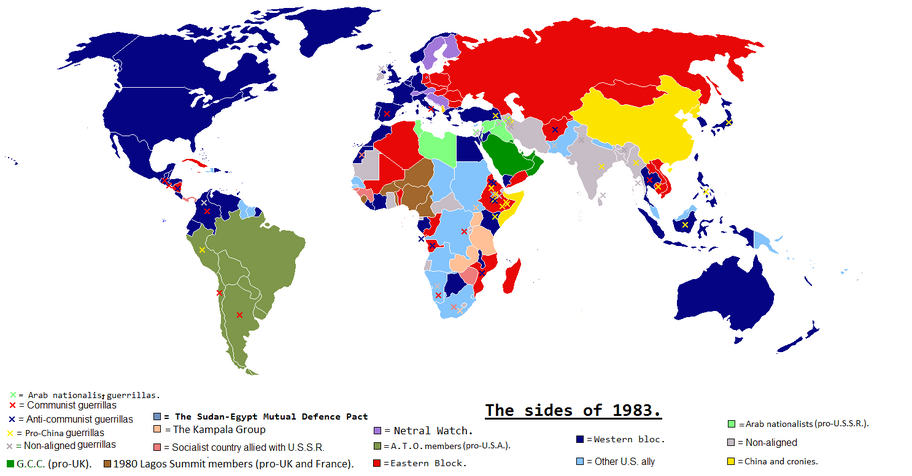
The sides.
This is an ATL political map of the time.
Can you find a way of saving your nation and making it great? War, trade, sport, tech', space, it's your choice.
